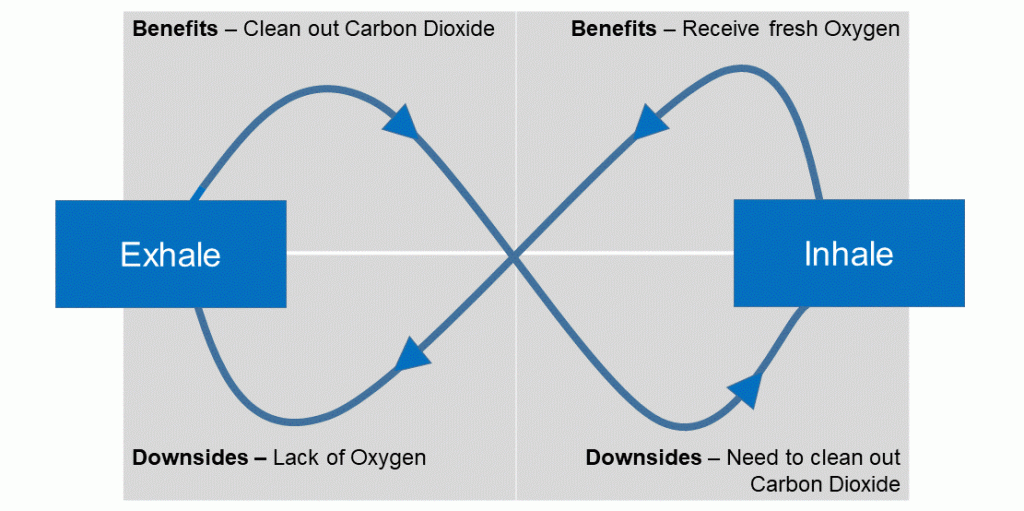Is it possible to serve two masters? According to ancient wisdom, we can only serve one master at a time. Otherwise, we will hate one and love the other. However, my manager often reminds me that by the nature of our work as external consultants in a publicly traded company, we must serve two masters.
Our first master is our clients who hire us to guide and advise them on mission critical projects. By contract, we are obligated to complete specific deliverables within a set schedule and budget while ensuring high client satisfaction. During these projects, challenges may arise unexpectedly that put the organizational readiness for change, timeline, budget, or client satisfaction at risk. At these critical points, we must be flexible and creative to find workable solutions.
Our second master is our shareholders, as represented by Wall Street. Our shareholders and investors expect us to grow and repeatedly meet and exceed our quarterly financial goals. Confidence in our company increases when we meet our goals or falls when we fall short.
To help me manage between these and other “dual master” scenarios, I apply a problem management framework, known as Polarity Management, that I learned in graduate school from Barry Johnson. In this article, I give an introduction to the Polarity Management and how the model can help leaders face wicked problems and effectively lead organizational change. To begin, let’s start with a simple question:
Which is more important when breathing – to inhale or exhale? The clear and obvious answer to this question is they are both important. This question cannot be answered through an “either/or” answer, but instead requires an “and” answer.
As illustrated in the chart below, if we focus exclusively on the benefits of inhaling, we begin to experience negative downsides – the need to clean out Carbon Dioxide. In contrast, if we focus exclusively on the benefits of exhaling, we begin to experience a different set of negative downsides – the need for Oxygen. Thus, while inhaling and exhaling may appear to be polar opposites, they are interdependent pairs that must work together to sustain life.
Leaders frequently view business problems as dichotomies as they struggle to make an either/or decision with the belief they will solve the problem. Consider these dilemmas we frequently face:
- Results vs People
- Decentralize vs Centralize
- Career vs Family
- Relationships vs Task
- Change vs Stability
The solution to these and many other scenarios is to manage the polarities rather attempt to solve them by exclusively focusing on one to the neglect of the other.
Consider this example: We know that leaders are responsible to achieve results, yet caring for people’s needs is often identified as the opposite pole to achieve business results. There are many important benefits and positive outcomes that come from focusing on each pole. However, we all can list negative outcomes that result when we over focus on one pole and neglect the other pole. Thus, both pairs are important and interdependent on each other.
Because these polarities exist in many aspects of organizational life, leaders must become adept at moving themselves and their teams through these poles. The goal for leaders should be to develop action steps to keep the tension between the poles in check and keep their organizations in the upper half of the four quadrants. This will allow them to gain the benefits and positive results of both poles.
When leaders recognize the early warning signs that they are starting to dip into the lower half of the four quadrants and experience the downsides of the poles, they should switch to their action plans to pull them back up to the benefits quadrants of the opposite pole. This will help them prevent a deep dive into the negative results of over focusing on only one pole.
Polarity Management is a powerful tool to reframe many perplexing challenges to leading organizations. This article has only scratched the surface, and there is much more that can be learned and put into practice. By plotting wicked problems on this framework, leaders will be more effective as they break the tug-of-war mindset found in either/or thinking and embrace the process to manage the polarity by valuing both poles.
How have you benefited from “and/both” thinking and the Polarity Management framework?



